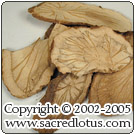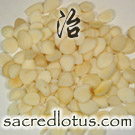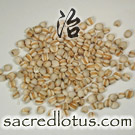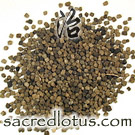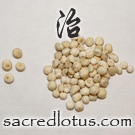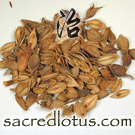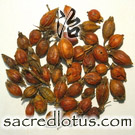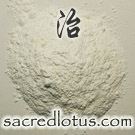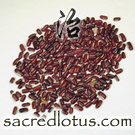Xuan Bi Tang (Disband Painful Obstruction Decoction)
Formula 22 of 23 in Formulas that Expel Dampness
Buy This Formula
Get free shipping from
our partners at CHD
our partners at CHD
Sub-Category:
- Formulas that Promote Urination and Leach out Dampness
Possible Tongue Appearance:
- Gray greasy coat
- Yellow greasy coat
Cautions, Contraindications, Herb Drug Interactions:
- Section not completed...
- This formula contains one or more toxic substances.
While some Chinese herbs are toxic, many come prepared, or are combined, to mitigate their toxicity.
Preparation Notes:
- Decoction. Chi Xiao Dou is often increased 2-3 times in modern formulations.
Originally Appeared In:
- Systematic Differentiation of Warm Diseases (Wen Bing Tiao Bian)
Combined Channels of all herbs in this formula:
- Spleen, Bladder, Kidneys, Lungs, Large Intestine, Stomach, Liver, Heart, Gall Bladder, Small Intestine
There are 9 Substances in this Chinese Medicne
Guang Fang Ji (Aristolochia Root, Stephania)Quantity = 15 grams
Quantity = 15 grams
Quantity = 15 grams
Quantity = 9 grams
Quantity = 9 grams
Quantity = 9 grams
Quantity = 9 grams
Quantity = 15 grams
Quantity = 9 grams
Find Similar Chinese Formulas
Sacred Lotus can compare the Chinese herbs in this formula to all other formulas on the website. Formula archetypes will list of formulas that have similar herbs, ranked by the number of herbs that match:
Get Formula Archetypes


